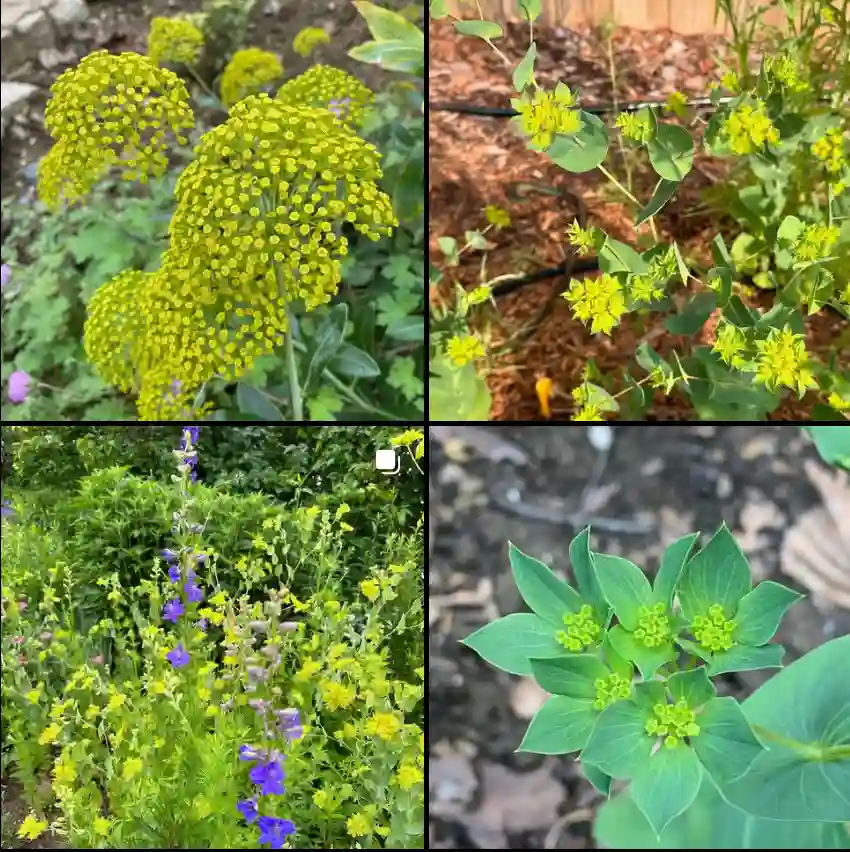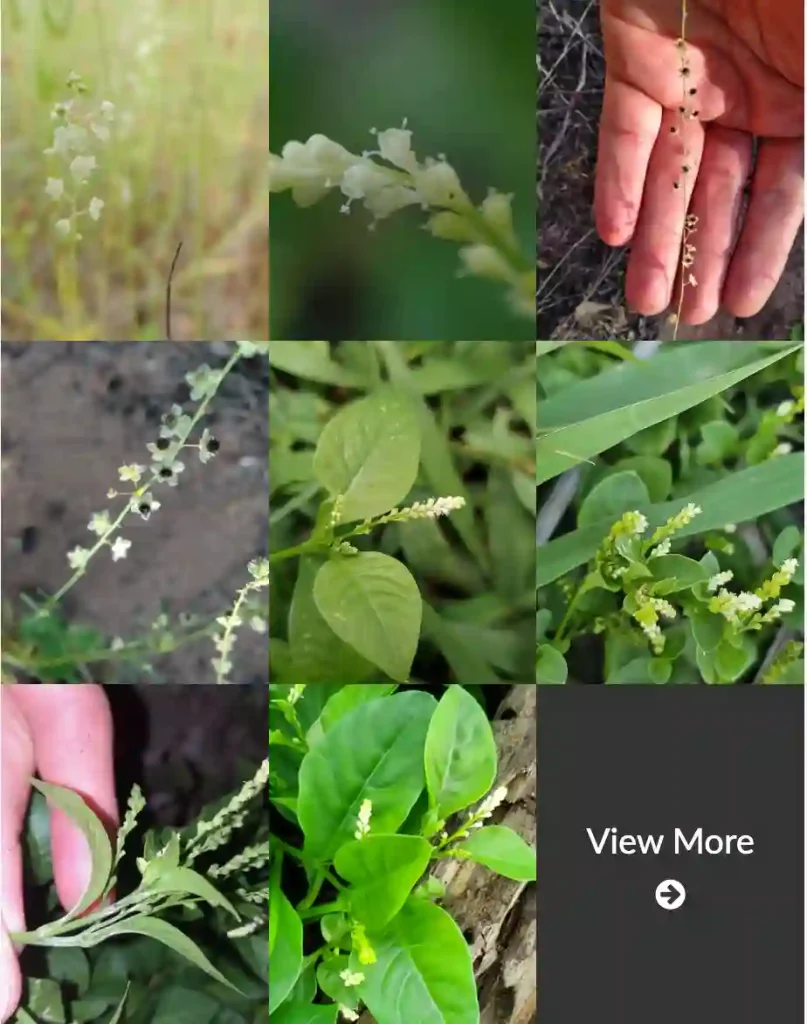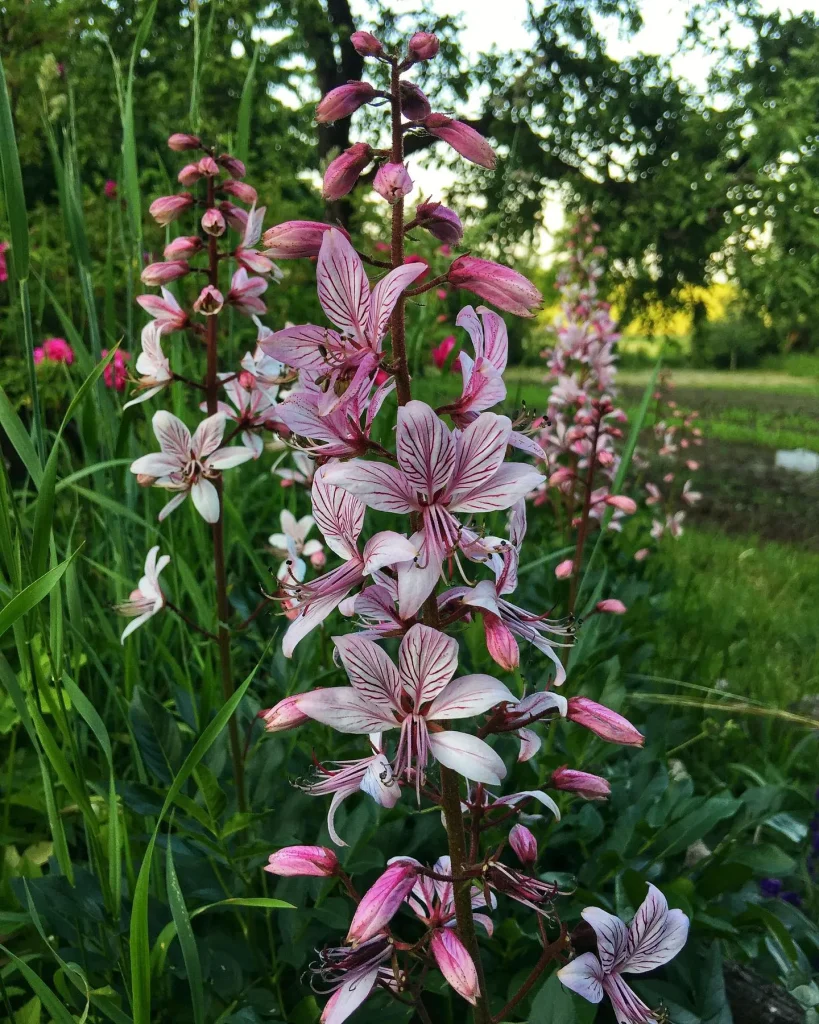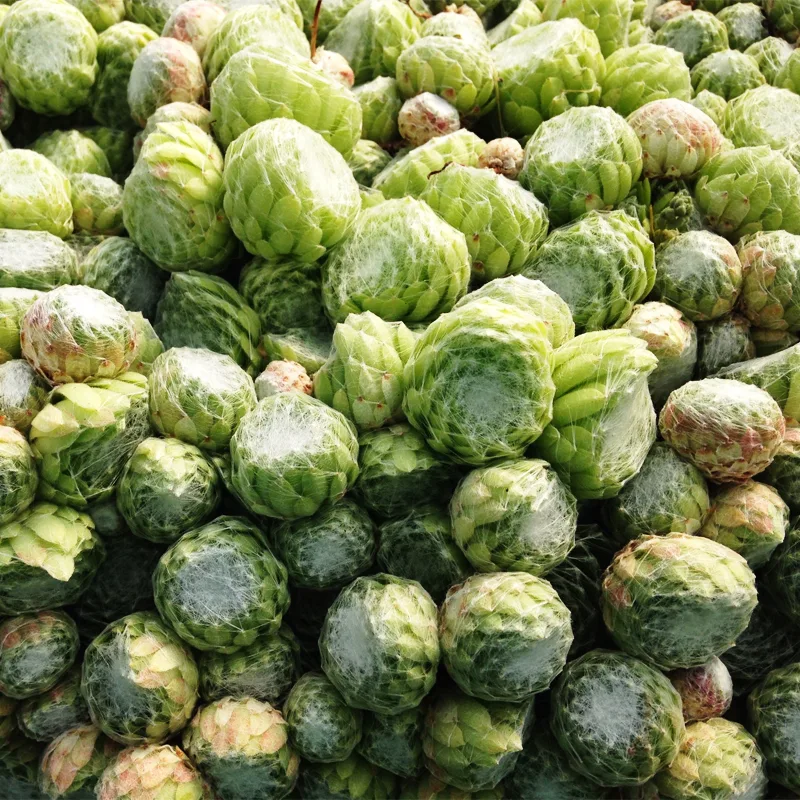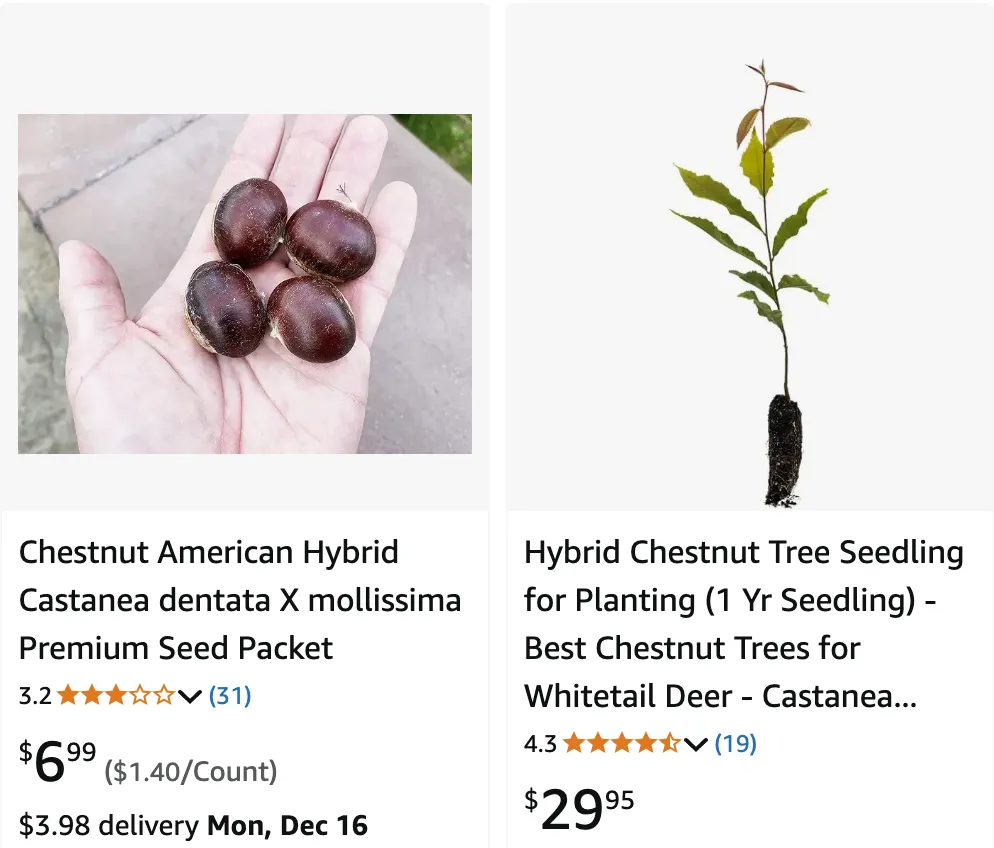
May 17 – Castanea
"Castanea, the chestnut tree, defines May 17."
Castanea symbolizes strength and generosity. You have a grounded, enduring nature that offers support and stability to others. Like the chestnut tree, you provide nourishment and shelter, fostering growth and resilience in those around you.
A Deep Dive into the Chestnut Tree: Exploring the Genus Castanea
As a nature enthusiast, I’ve always been fascinated by the diversity and resilience of trees. Among my favorites is the chestnut tree, a member of the genus Castanea. These majestic trees, with their sturdy trunks and spreading canopies, have been a part of human history for millennia, providing sustenance, shade, and even inspiration. Join me, Ferb Vu, as we delve into the world of Castanea, exploring its various species and unique characteristics.
What is Castanea?
Castanea is a genus of deciduous trees belonging to the beech family, Fagaceae. These trees are characterized by their deeply furrowed bark, toothed leaves, and spiny fruit that encases the edible nut we all know and love. While often associated with cozy autumn scenes and roasted chestnuts, Castanea species are ecologically important, playing a vital role in forest ecosystems. They provide food and shelter for wildlife and contribute to soil health.
Species within the Genus
The genus Castanea comprises several distinct species, each with its own unique characteristics and distribution. Here are:
- Castanea sativa (Sweet Chestnut): Perhaps the most well-known species, Castanea sativa is native to Europe and Asia Minor. It’s a large, long-lived tree prized for its timber and edible nuts. – Plant FAQs: Castanea Sativa – Sweet Chestnut
- Castanea dentata (American Chestnut): Once a dominant tree in eastern North America, Castanea dentata was decimated by the chestnut blight in the early 20th century. Efforts are underway to restore this species to its former glory. – Plant FAQs: Castanea Dentata – American Chestnut
- Castanea mollissima (Chinese Chestnut): Native to China, Castanea mollissima is more resistant to chestnut blight than its American counterpart. It’s widely cultivated for its sweet and flavorful nuts. – Plant FAQs: Castanea Mollissima
- Castanea crenata (Japanese Chestnut): This species is native to Japan and Korea, known for its smaller stature and early nut production. – Plant FAQs: Castanea Crenata – Japanese Chestnut
- Castanea pumila (Allegheny Chinquapin): Found in the eastern United States, Castanea pumila is a smaller tree or shrub that produces small, sweet nuts. – Plant FAQs: Castanea Pumila – Allegheny Chinquapin
- Castanea henryi (Henry’s Chestnut): This Chinese species is less common than Castanea mollissima and is characterized by its larger leaves and nuts.
- Castanea seguinii (Seguin’s Chestnut): Another Chinese species, Castanea seguinii, is a small tree or shrub often used in breeding programs for blight resistance.
- Castanea alabamensis Ashe
- Castanea × neglecta Dode
- Castanea ozarkensis Ashe
The Chestnut Blight: A Major Threat
One of the most significant challenges facing Castanea species is the chestnut blight, a devastating fungal disease caused by Cryphonectria parasitica. This disease has had a catastrophic impact on American chestnut populations, nearly wiping them out. While some species, like the Chinese chestnut, exhibit greater resistance, the blight remains a serious concern for the long-term health of these trees.
The Importance of Conservation
Given the ecological and cultural significance of Castanea species, conservation efforts are crucial. These efforts include:
- Breeding for blight resistance: Researchers are working to develop chestnut varieties that are resistant to the blight, often by crossing susceptible species with resistant ones.
- Reforestation programs: Programs are underway to reintroduce chestnut trees to areas where they have been decimated by the blight.
- Protecting existing stands: Efforts are being made to protect healthy stands of chestnut trees from the spread of the blight.
Personal Reflections
I’ve always felt a connection to chestnut trees, perhaps because of their enduring presence in literature and folklore. The image of roasting chestnuts over an open fire evokes feelings of warmth and nostalgia. But beyond their cultural significance, I’m drawn to their resilience in the face of adversity. The fight against the chestnut blight is a testament to the enduring spirit of these trees and the dedication of those working to protect them.
I believe that understanding and appreciating the genus Castanea is essential, not only for its ecological importance but also for its connection to our shared human history. By learning about these magnificent trees, we can contribute to their conservation and ensure that future generations can enjoy their beauty and bounty.
If i die, water my plants!
